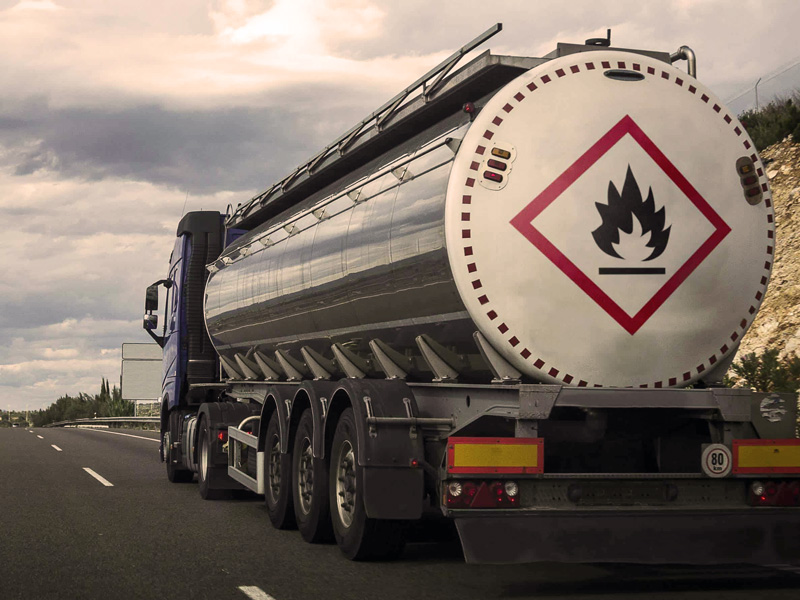Transportation of dangerous cargo is common in industrial, commercial and other areas. Dangerous cargo is goods that have the potential to be harmful to people and the environment. These are any substances, metals or gases capable of causing an explosion, fire or other emergency. Therefore, their transportation is strictly regulated by legal documents.
Groups of hazardous substances
In accordance with the rules of Transportation of Dangerous Goods by Road, a classification of dangerous goods was developed (from 1 to 9 class):
1. Explosives.2. Gas under pressure.
3. Flammable liquids.
4. Flammable solid goods and substances.
5. Oxidizing agents.
6. Infectious substances.
7. Radioactive products.
8. Corrosive materials.
9. Other dangerous substances.
The shipping documents indicate the class number, subclass, classification code (indicates the mechanical and physical properties of the cargo). This information helps to understand the degree of fire and explosion hazard of the cargo.
Features of transportation of dangerous goods
The movement of dangerous goods is carried out on the basis of the ADR permit, which is obtained from Department for Supervision of Industrial Safety of the Ministry of Emergency Situations of the Republic of Belarus (Gospromnadzor). The ADR cargo must be accompanied by a certificate of approval of the vehicle for the transport of dangerous goods and a statement indicating the person responsible for the transport.
When transporting dangerous goods by road, the route should not pass through densely populated areas and near objects of historical or cultural significance for mankind. Also, the rules for the transport of dangerous goods regulate the speed, stopping places, weather conditions under which movement is allowed.
When transporting dangerous goods by rail in covered wagons, it is important to take into account that the goods are closed in sealed packaging.
Exceptions for the transport of dangerous goods
When transporting dangerous goods by transport, the requirements of ADR do not apply to batteries if they are securely fixed (there is no possibility of slipping, damage or falling), their cases are not deformed, and are reliably protected from short circuits.
Methods of transporting ADR cargo
As a vehicle carrying dangerous goods, the following can be used:
- Railway transport is safe and affordable.
- Road transport - suitable for the rapid transport of small quantities of dangerous goods.
- Air transport - has a high speed of delivery, but it will not be possible to transport large quantities.
- Sea transport is characterized by low price, high security and the ability to transport large shipments.
For the successful transportation of dangerous goods, it is important to choose the appropriate method of transportation, obtain an ADR permit, properly label and pack the goods.









Comments